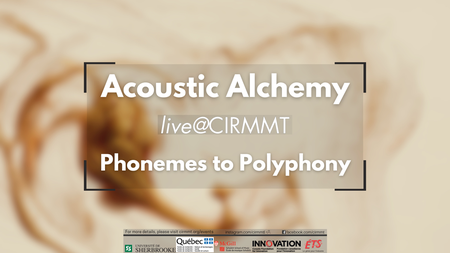Ticket Reservations
This event is open to the general public and free with seat reservation.
For CIRMMT students wishing to have their attendance tracked for awards eligibility, please ensure to reserve your own seat.
We welcome you to share this event via Facebook.
Program
Steve Reich: Electric Counterpoint (in space)
Fixed Media, Multichannel; dur: 15'
Performer: David Piazza & Maxime Jutras
Electric Counterpoint (in space) is an immersive, spatialized adaptation of Steve Reich’s Electric Counterpoint. By re-recording the piece entirely, isolated instrumental parts are programmed to traverse the three-dimensional listening space of the Multimedia Room independently from one another. Following a cyclical model based on the phase relationships between the individual motifs, sounds cross paths, overlapping and separating at time intervals corresponding to different subdivisions the piece’s tempo. This additional movement adds a novel layer of complexity and immersion to the minimalist masterpiece, thus allowing for a renewed perception of its mesmerizing rhythmical and contrapuntal intricacies.
Louis-Michel Tougas: Phonotactique
Performer: Rosane Lajoie
My general concern in Phonotactique is the idea of a timbral syntax inspired by phonetic rules found in natural languages, especially Québécois French. Phonotactic is defined as “the area of phonology concerned with the analysis and description of the permitted sound sequences of a language”. For example, in French, syllables are made of an obligatory nucleus (which has to be a vowel), optionally preceded by an onset (always a consonant), and/or followed by a coda (also always a consonant). The electronic part of the piece is therefore built from a very limited number of basic sound units, like the phonemes of an invented language, all derived from recorded piano sound files.
While I am also freely inspired by various structural aspects of natural languages, including rhythm and phrasing, my main interest is the development of rules for compounding my phoneme-like sounds into “syllables” and “words”. These eventually create fragments of a strange conversation the piano is having with itself.
Gabriel·le Caux: Between Worlds: A Journey Through Immersive Soundscapes
Fixed Media, Multichannel; dur: 18'
Embark on a journey aboard a spaceship that will transport you through mysterious and enigmatic places. Your senses will rely solely on what you hear and the illumination of a small light. Are you ready for the adventure?
Pierre Alexandre Tremblay: Les espaces négatifs
Dur: 17'30
I love a garden as a composed space, an aesthetic simplification of a more complex nature. The trace of the gardener is, beyond what is presented, in what is left out, to highlight a perspective, to distinguish a figure over a background. A judgement.
Bios
Steve Reich
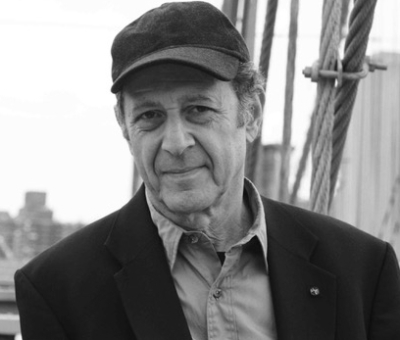
Steve Reich has been called “the most original musical thinker of our time” (The New Yorker) and “among the great composers of the century” (The New York Times). Starting in the 1960s, his pieces It’s Gonna Rain, Drumming, Music for 18 Musicians, Tehillim, Different Trains, and many others helped shift the aesthetic center of musical composition worldwide away from extreme complexity and towards rethinking pulsation and tonal attraction in new ways. He continues to influence younger generations of composers and mainstream musicians and artists all over the world.
One of the most frequently choreographed composers, several noted choreographers have created dances to his music, including Anne Teresa de Keersmaeker, Jirí Kylián, Jerome Robbins, Justin Peck, Wayne McGregor, Benjamin Millepied, and Christopher Wheeldon.
Reich’s documentary video opera works—The Cave and Three Tales, done in collaboration with video artist Beryl Korot—opened new directions for music theater and have been performed on four continents. His work Quartet, for percussionist Colin Currie, sold out two consecutive concerts at Queen Elizabeth Hall in London shortly after tens of thousands at the Glastonbury Festival heard Jonny Greenwood (of Radiohead) perform Electric Counterpoint, followed by the London Sinfonietta performing his Music for 18 Musicians.
David Piazza
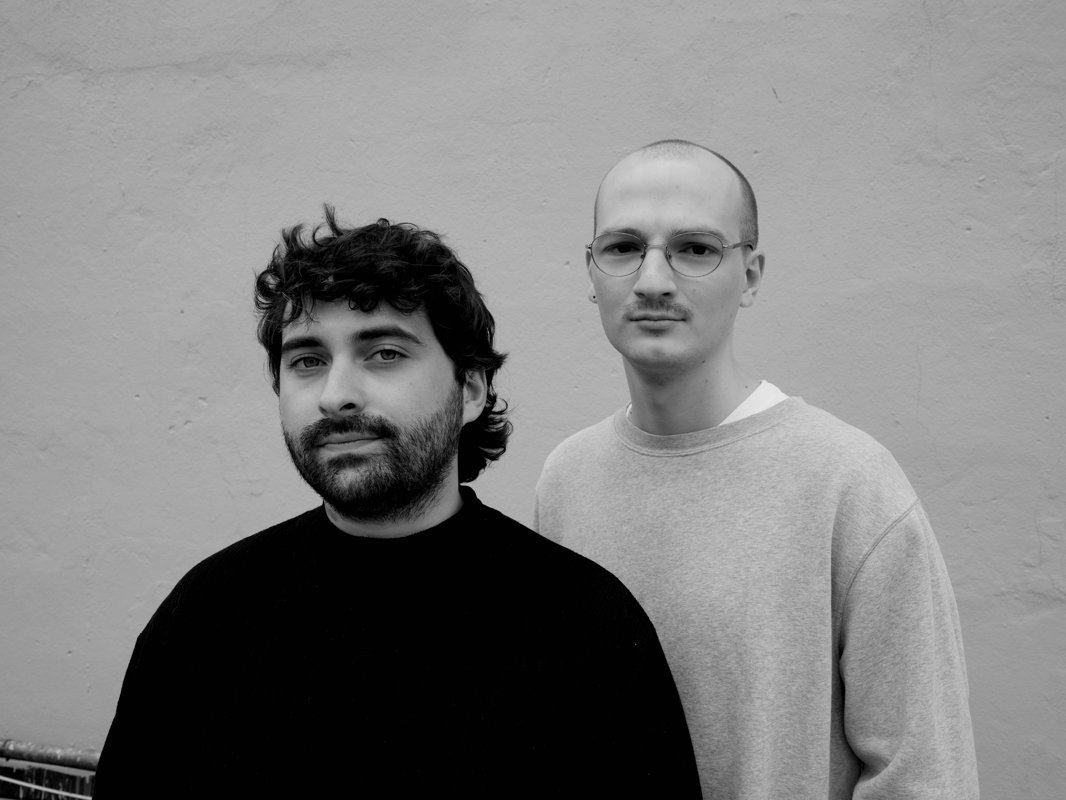
David Piazza is a composer and performer of electroacoustic music based in Montreal. As an undergraduate student at the Faculty of music of Université de Montréal, he studied composition with Dominic Thibault and undertook research in the field of concatenative synthesis. His research interests lie in composition, spatialization and synthesis.
Maxime Jutras is a guitarist and teacher based in Montreal. He studies teaching at the Faculty of Arts of Université du Québec à Montréal.
Louis-Michel Tougas
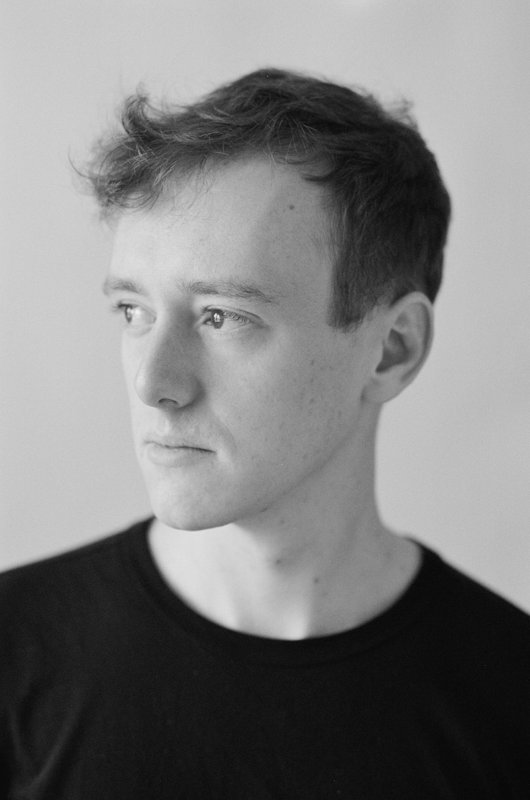
Louis-Michel Tougas is a composer and drummer based in Montreal. He is currently pursuing doctoral studies at McGill University, where his research focuses on the use of cognitive and perceptual principles for the composition and analysis of polyrhythms in music from the 14th to the 21st century. His music has been presented in a number of events in Canada and Europe, by ensembles such as Ascolta, the Stuttgart Kammerorchester and the Bozzini String Quartet.
Rosane Lajoie
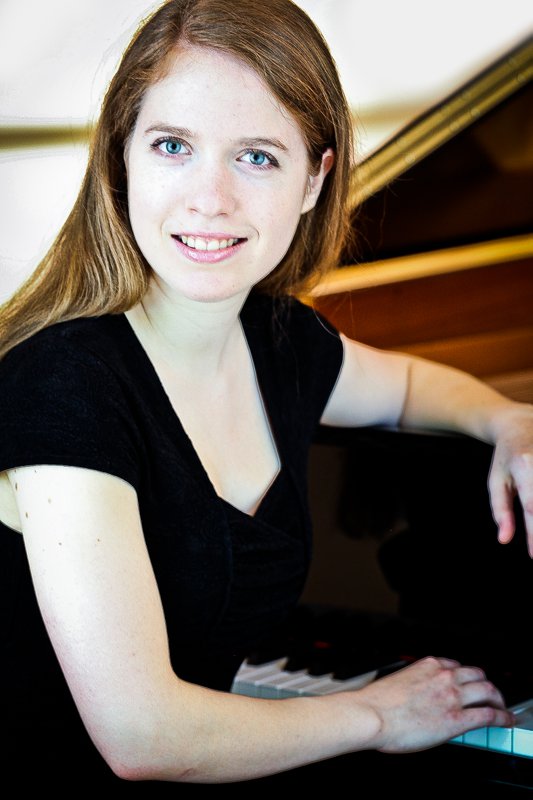
Rosane Lajoie studied at the Conservatoire de musique de Montréal, where she completed a master's degree with distinction in the class of Suzanne Goyette. Passionate about vocal art, she furthered her studies in accompaniment at the Guildhall School of Music and Drama in London, where she won the Jubilee Piano Accompaniment Prize and the Tracey Chadwell Memorial Award in contemporary music. Rosane is currently participating in the McGill- UdeM Piano-Vocal Accompaniment Residency. Active as a soloist and chamber musician, she performed concerts for the Société d'art vocal de Montréal, Concerts Lachine, Le Vivier, and the Montreal Museum of Contemporary Art.
Gabriel·le Caux

Gabriel∙le Caux is an interdisciplinary artist who specializes in audio spatialization, immersive sound experiences and music for well-being and relaxation. They utilize field recordings of both natural and urban environments to create soundscapes that range from abstract to lifelike. Additionally, they employ synthesized sounds, creative sound recordings, musical instruments and ASMR elements to enhance their compositions.
Pierre Alexandre Tremblay
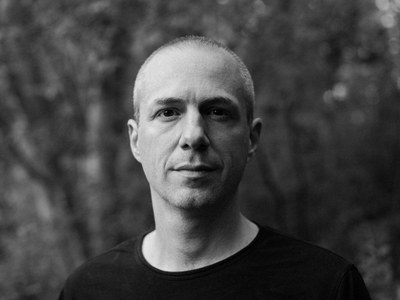
Pierre Alexandre Tremblay (Montréal, 1975) is a composer and a performer on bass guitar and sound processing devices, in solo and within various ensembles. He is a member of the London-based collective Loop, and his music is released on Empreintes DIGITALes and Ora.
He formally studied composition with Michel Tétreault, Marcelle Deschênes, and Jonty Harrison, bass guitar with Jean-Guy Larin, Sylvain Bolduc, and Michel Donato, analysis with Michel Longtin and Stéphane Roy, studio technique with Francis Dhomont, Robert Normandeau, and Jean Piché.
Pierre Alexandre is Professor in Composition and Improvisation at the University of Huddersfield (England, UK), he anchored the Fluid Corpus Manipulation project. He previously worked in popular music as producer and bassist, and has a keen interest in creative coding.
He enjoys spending time with his family, drinking oolong tea, gazing at dictionaries, reading prose, and taking long walks. As a founding member of the no-tv collective, he does not own a working television set.

